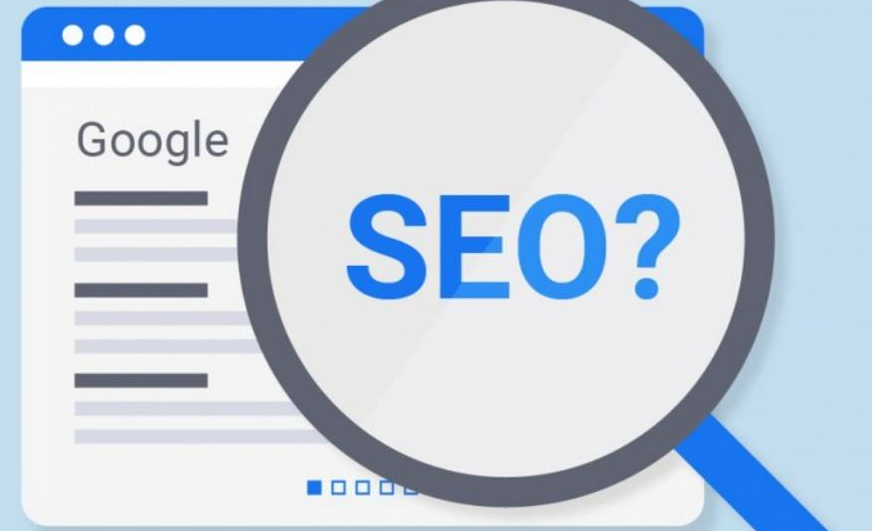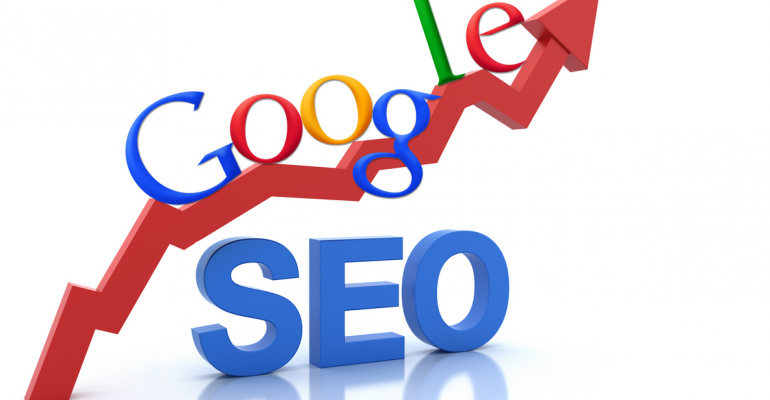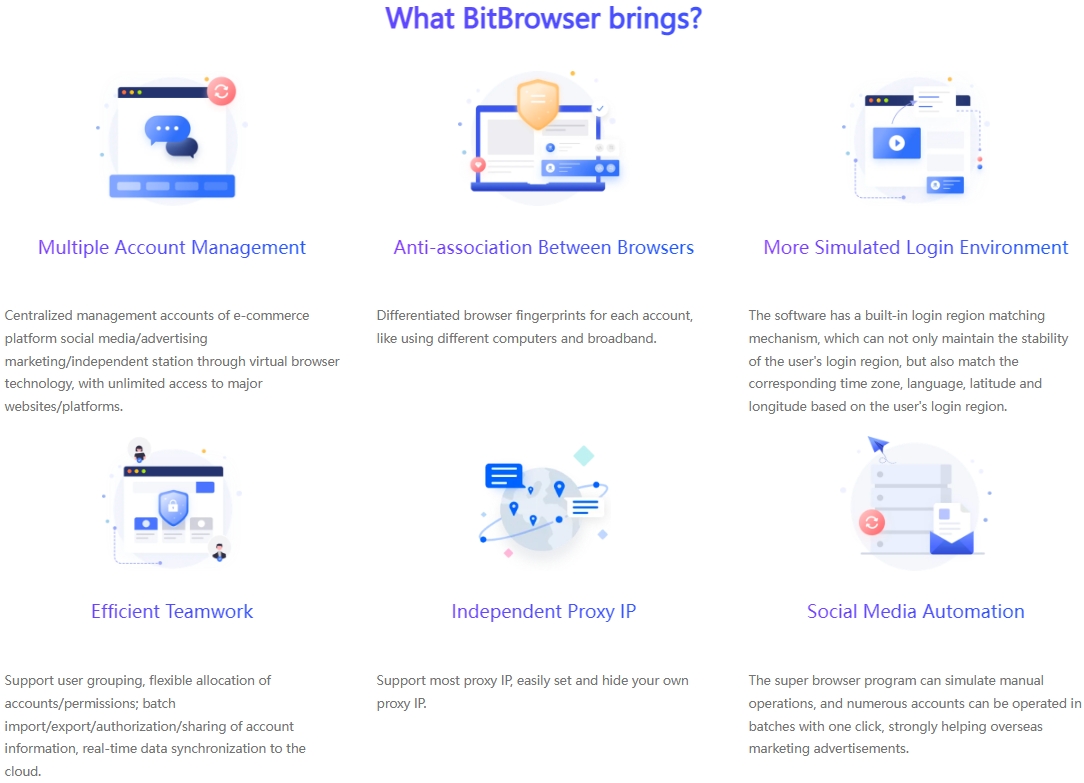
Hot Picks
How to run Facebook ads in 2025? Ideas

Hot Picks
How to promote on Amazon? Sharing various promotion methods

Hot Picks
Choose BitBrowser for fingerprint browsers, and look for the only official website: bitbrowser.cn
How to optimize the ranking of e-commerce independent websites?
Time: 2024-07-27 17:25 Click:
Ⅰ. What is e-commerce SEO?

E-commerce SEO refers to a series of search engine optimization measures specifically implemented for e-commerce platforms, aimed at improving the exposure and ranking of online stores in search engines (such as Google). Its core lies in optimizing product pages and category pages, which are usually of great commercial value to e-commerce websites. Compared with paid advertising, e-commerce SEO is a more cost-effective means of customer acquisition.
II. Key elements of technical SEO
1. HTTPS ensures website security
HTTPS is a security protocol used to protect data transmitted between websites and visitors. HTTPS can effectively prevent hackers from stealing users' sensitive information such as names, addresses, and credit card information. Since 2014, Google has considered HTTPS as a positive factor in its ranking algorithm.
2. Optimize website structure
Website structure refers to the organization and linking of pages. A reasonable structure is not only easy for users to browse, but also helps search engines discover and index website content. When designing the website structure, make sure that the homepage can easily link to the category page, and the category page can link to related sub-category and product pages.
3. Correctly set up faceted navigation
Faceted navigation allows users to filter products based on various criteria. However, too many filter options and combinations may cause search engines to generate a large number of duplicate URLs, which will affect the overall ranking of the website. To solve this problem, the canonical tag of the faceted URL can be set to the main category or subcategory page to reduce index redundancy.
III. Importance of keyword research

1. Keyword optimization of subcategory pages
Understanding the keywords that users use when searching for specific products can help e-commerce websites optimize the content of subcategory pages. Through keyword research tools such as Ahrefs Keywords Explorer, you can find popular search terms related to product categories and create and optimize subcategory pages accordingly.
2. Keyword strategy for product pages
For branded products, users usually search directly for brand names and models. But for non-branded products, you need to find more descriptive search terms to attract potential buyers. When conducting keyword research, pay attention to search intent and make sure that the keywords you choose match the user's purchasing needs.
IV. Deepen page SEO strategy
In the page SEO of e-commerce websites, we need to go beyond basic optimization and adopt more detailed and innovative strategies. Here are some new perspectives and strategies for optimizing e-commerce website pages.
1. Creative titles and meta descriptions
Don't just rely on templated titles and meta descriptions. Create unique and engaging titles and descriptions for each page to attract users to click, while ensuring that they are closely related to the content of the page.
2. Semantic transformation of URLs
Transform the URL from a simple directory structure to a structure that contains keywords and semantic information.
3. Improve content richness
Add more valuable content such as user reviews, expert advice, buying guides, etc. on product and category pages to enrich page content, improve user experience and search engine evaluation.
Ⅴ. New ideas for link building
Link building for e-commerce websites requires innovative thinking. Here are some new strategies:
1. Social media and content cooperation
Work with social media influencers and content creators to create unique content about your products and share it on their platforms to obtain high-quality links.
2. Industry forums and community participation
Actively participate in industry-related forums and communities to share expertise, provide valuable insights, and naturally mention your website and products in appropriate places.
3. Partner and brand linkage
Find partners that match your brand philosophy, conduct brand linkage and mutual promotion, and increase your website exposure and link opportunities.
Ⅵ, innovative practices of content marketing

Content marketing is an important means for e-commerce websites to attract users, build trust and promote sales. Here are some innovative content marketing strategies:
1. Interactive content
Create highly interactive content, such as online surveys, voting, mini-games, etc., to attract users to participate and share, and expand brand exposure.
2. Visual content
Use visual content such as videos, 3D renderings, high-definition pictures, etc. to show the details and advantages of products, enhance user experience and purchase desire.
3. Storytelling marketing
Establish an emotional connection with consumers by telling brand stories, stories behind products or user stories, and enhance brand identity and loyalty.
VII. Advanced strategies for e-commerce SEO
In addition to basic SEO strategies, here are some advanced strategies that can help you further increase the search traffic and sales of e-commerce websites:
1. Personalized search optimization
Use user behavior data and search intent analysis to provide personalized search results and recommendations for each user, improve user experience and conversion rate.
2. Entity recognition and knowledge graph
Embed entity recognition and knowledge graph technology in the page to help search engines better understand the content of the page and improve the authority and credibility of the page.
3. Continuous optimization of user experience
Continuously pay attention to and optimize user experience factors such as website loading speed, page layout, and navigation structure to ensure that users can easily find the information they need and complete the purchase process.
VIII. Use SEO to optimize browsers

Since Google will display significantly different content based on the characteristics and needs of users in different regions, this undoubtedly brings certain complexity and uncertainty to the optimization of websites. As an advanced browser dedicated to SEO optimization, BitBrowser can simulate users in different regions with its powerful functions to conduct comprehensive and in-depth searches for relevant content. In this way, we can carefully explore the specific situation of Google's optimized display in different regions.
On this basis, we conduct in-depth and professional analysis of the large amount of data obtained. These data are like precious clues, helping us to clearly understand the actual market display effect of websites in different regions. For example, a website's display in Europe may focus on specific product features, while in Asia it may focus more on brand image building.
With these in-depth understandings, we can provide highly targeted and practical references for our own SEO optimization work. Based on these references, we can more wisely choose more suitable and effective optimization plans and strategies, so as to stand out in the fiercely competitive online environment and achieve the best display effect and traffic growth of the website.
With the continuous advancement of technology and changes in consumer behavior, the future of e-commerce site SEO will pay more attention to personalization, intelligence and user experience. Therefore, continuing to pay attention to new technologies and new trends, and constantly innovating and optimizing your e-commerce website will be the key to future success.
Summary:
With the continuous advancement of technology and changes in consumer behavior, the future of e-commerce site SEO will pay more attention to personalization, intelligence and user experience. Therefore, continuing to pay attention to new technologies and new trends, constantly innovating and optimizing your e-commerce website will be the key to future success. SEO optimization browser provides a new direction for your e-commerce website ranking, making it easier for your website to rank in search engines. BitBrowser, as a leader among SEO optimization browsers, provides great convenience for SEO optimizers. Download BitBrowser now and get 10 permanent free windows immediately.

 Multi-Account Management
Multi-Account Management Prevent Account Association
Prevent Account Association Multi-Employee Management
Multi-Employee Management



